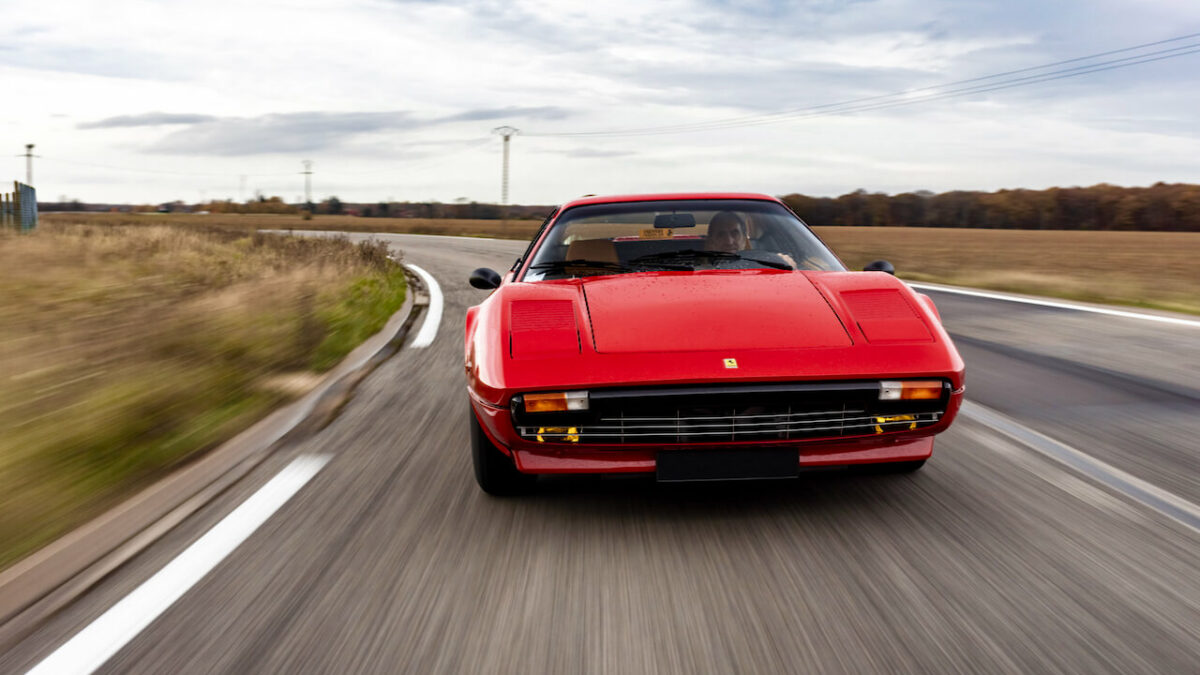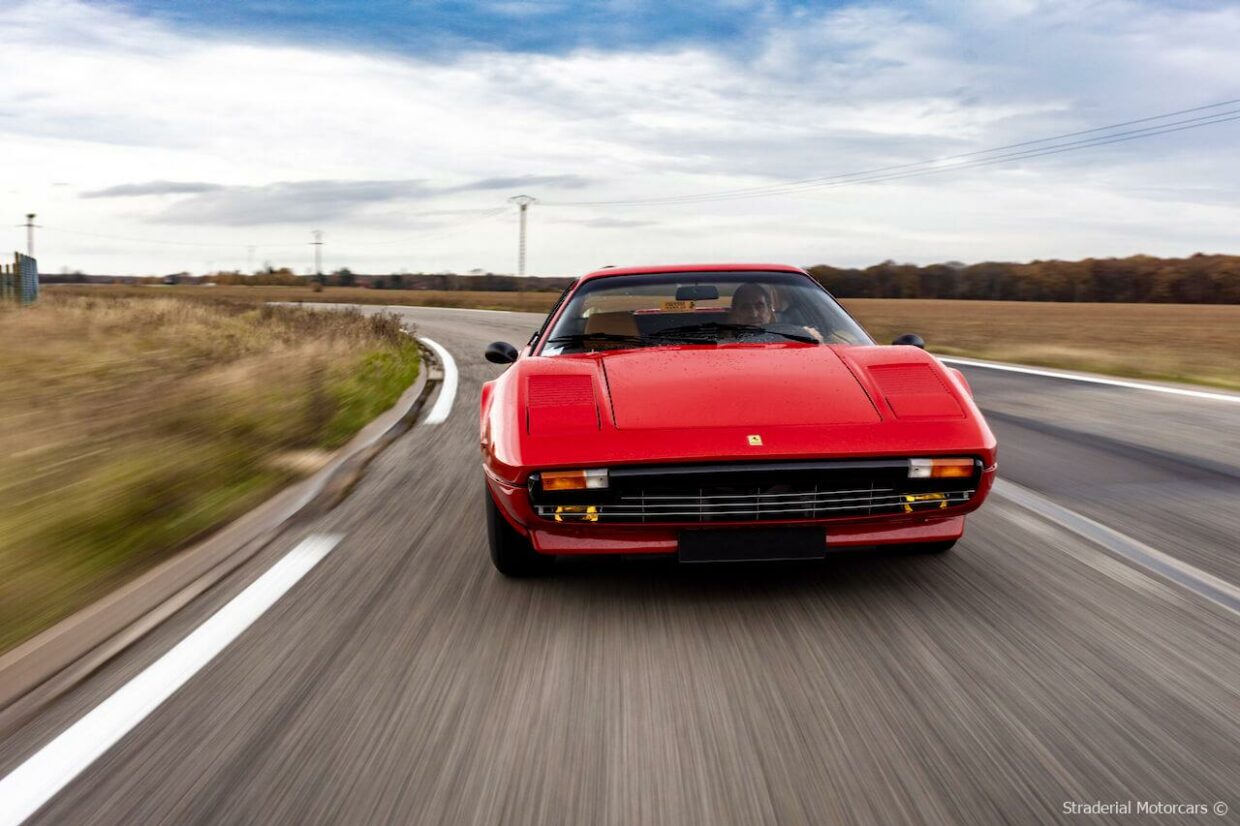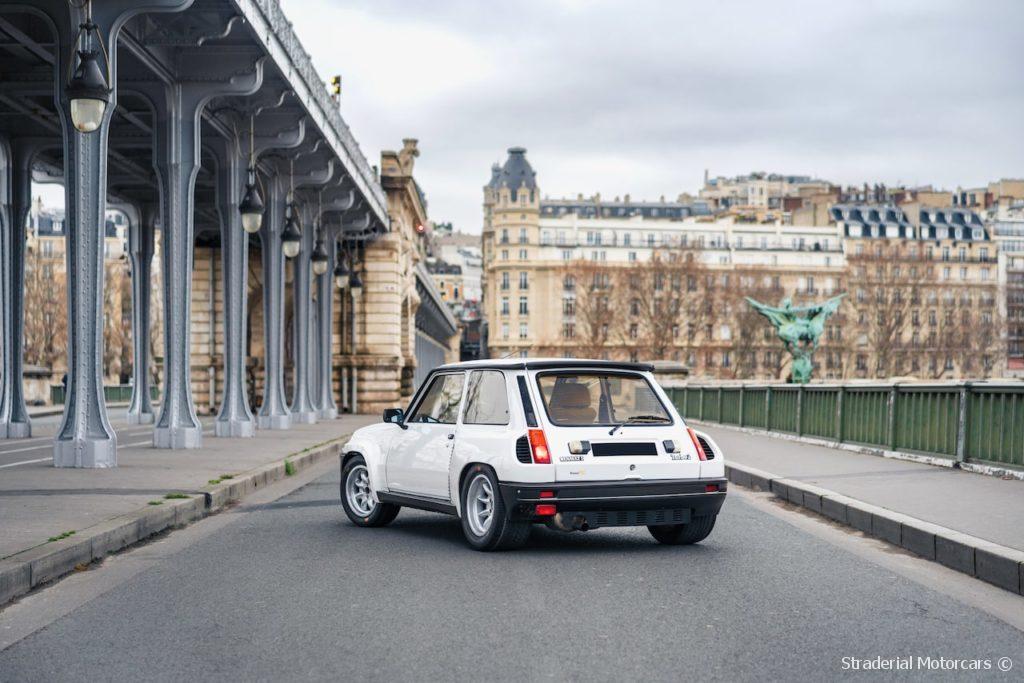A living automotive legend, the Land Rover Defender will soon join some glorious elders. In a few weeks, the brilliant British off-roader will no longer be produced; a death at 67 years old after more than two million units produced. A tribute to what is a true automotive cult!
For many British people, the Defender is the symbol of engineering mixed with national ingenuity. Like our Citroën 2 CV that accompanied us after the Second World War, the Land Rover has carried an ideal to the island of Britain.
Whether you love or hate the Defender (some don’t!), its silhouette is recognizable throughout the world. This is the strength of the icons of the genre, FIAT 500, Citroën 2 CV, Volkswagen Beetle, Combi or MINI in the lead. In front of this beautiful collection, the Land Rover Defender is however in the first rank. No other model has lived a career of 67 years, hardly evolving.
Appearing in 1947, the Land Rover was renamed Defender to accompany the development of the brand’s commercial range. But in 2016, the Solihull plant will end its production, defeated by increasingly stringent standards.
The British Willys
Driven by the war effort, the United States had given birth to the Willys in the early 1940s. All over the world, the Spartan 4×4 made its mark. After seeing thousands of them on its soil, the British sought to build their own Willys.
Maurice Wilks, Rover’s engineering boss, was the first to work on the project. The concept was validated in 1947 with the ambition of producing enough to continue employing the thousands of people hired to help the war effort.
Created in a few months, the rugged 4×4 was assembled at the end of 1947. It inherited the name Land Rover as a tribute to the Wilks family. Maurice’s brother, Spencer, was a Rover boss at the time and had a residence on Islay, an island at the tip of Scotland, where he drove around in a modified Rover. His gamekeeper had nicknamed this special vehicle « Land Rover ». The idea was perfect for the concept to come!
Land Rover Series 1 (1948-1958)
The very first Land Rover to roll off the Solihull assembly line went down in history with its HUE 166 license plate. On a steel body, the body was made of aluminum with leaf springs for suspension and permanent all-wheel drive. The 1.6 liter engine developed 50 horsepower for a price of 450 pounds. And no need to look for any superfluous equipment! In the last year, a 2.25-liter diesel engine completed the range.
Land Rover Series 2 (1958-1971)
A major stylistic evolution (yes, yes!) in the history of the model, the second Land Rover benefited from a more generous passenger compartment and a larger payload. The interior was also more elaborate with some equipment like mirrors! The gasoline engine was increased to 2.25 liters and 77 horsepower before a six-cylinder was added.
Land Rover 3 Series (1971-1985)
There was little mechanical evolution to start the 1970s. The various European legislations impose some novelties. For Belgium, the headlights leave the central grille for the fenders and an anti-tampering bar is installed for Germany. Inside, the dials are now displayed facing the driver. At the end of the career, a V8 enriches the range.
Land Rover 90, 110 and 130 (1983-1990)
The hood changes shape and gets longer. The name also evolves. 90, 110 and 130 are differentiated by the length of the chassis. The suspension evolved (that of the Range Rover), while disc brakes and a five-speed manual gearbox were introduced. The four-cylinder petrol and diesel engines were upgraded to 2.5 liters.
Land Rover Defender (1990-2015)
Following the appearance of the Discovery, the Land Rover becomes Defender. However, no major update accompanies this evolution. In 2007, a new body and a 2.4-liter diesel engine are introduced. The interior also gains in comfort… But the dimensions remain – still today – rigorously identical to the Land Rover registered HUE 166!





